GTD Meets GPT: How to Adopt The AI 2-minute Rule
Whole Whale
MAY 24, 2023
Allen’s GTD methodology is based on the idea that our brains are not designed to store information. This allows us to clear our minds and focus on the present moment. GTD is a five-step process: Capture : Capture everything that comes into your mind, whether it’s a task, an idea, or a thought.

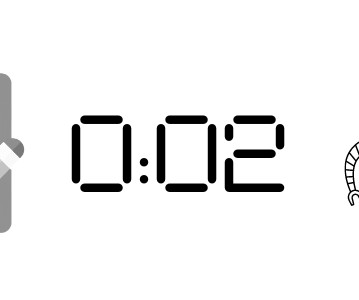






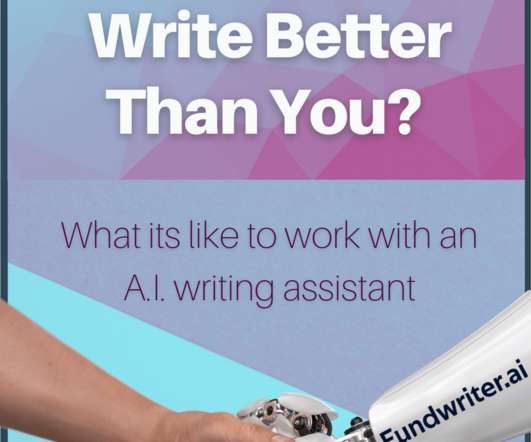













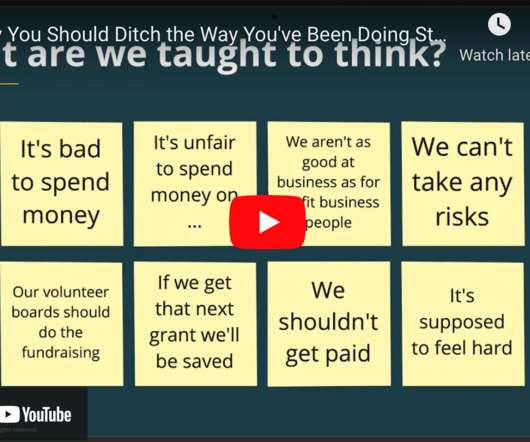
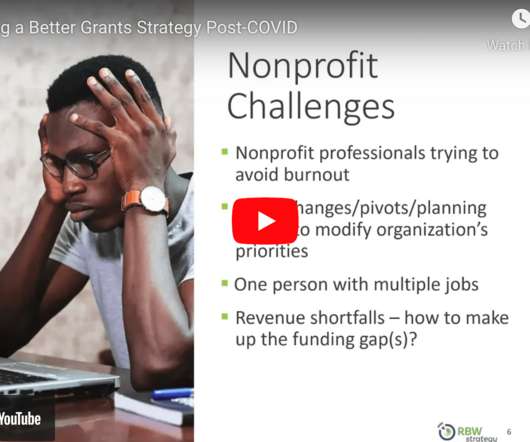

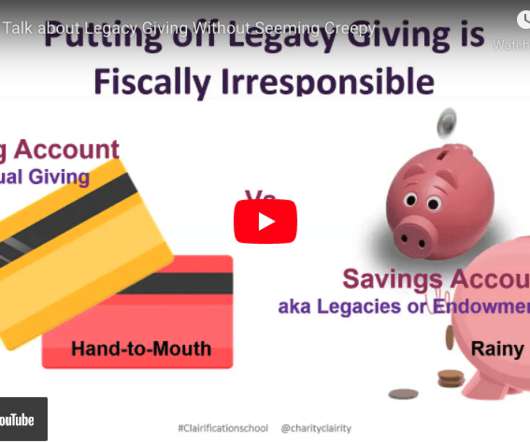










Let's personalize your content